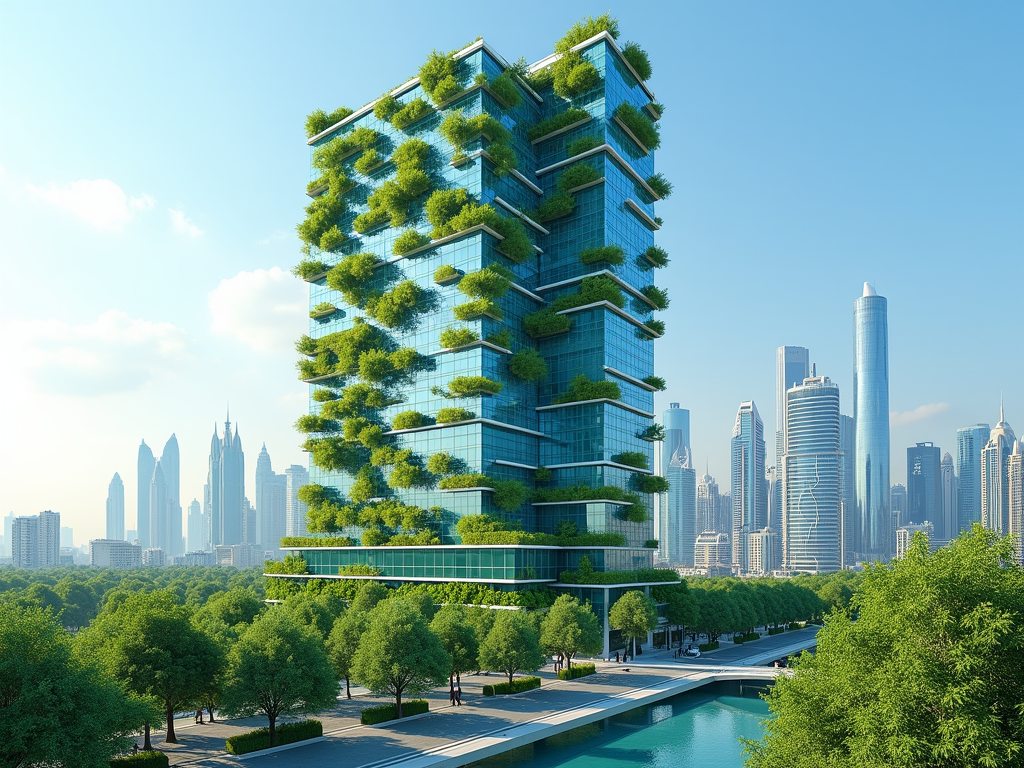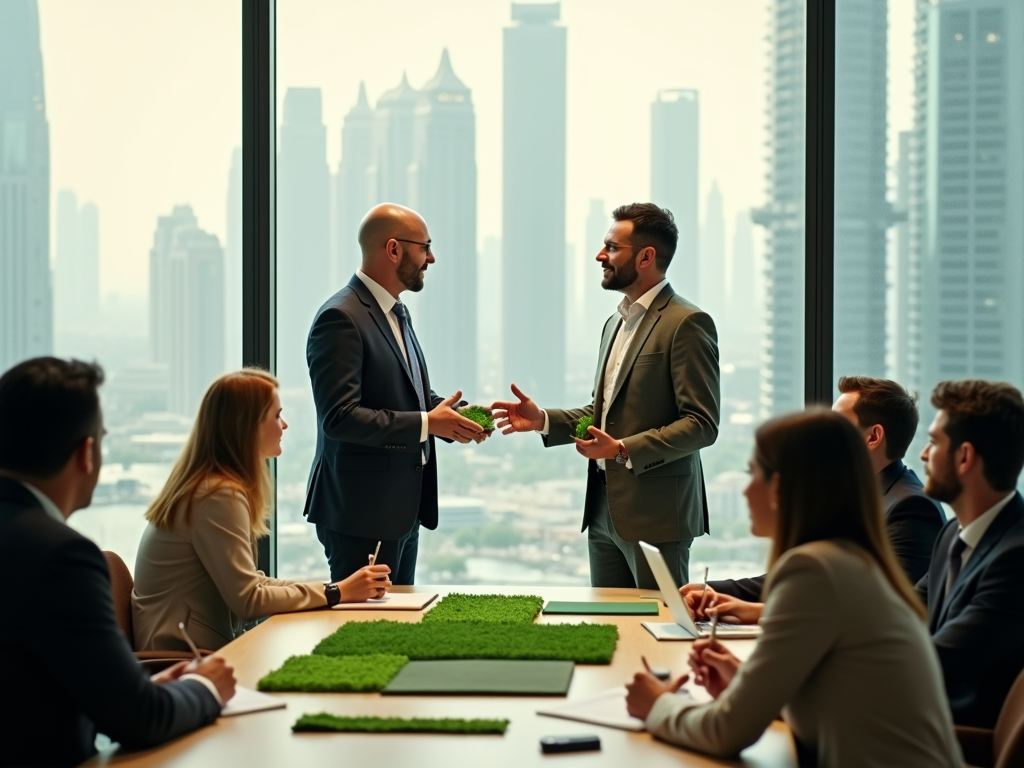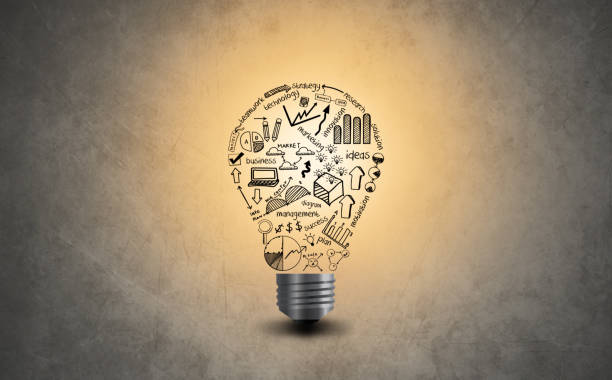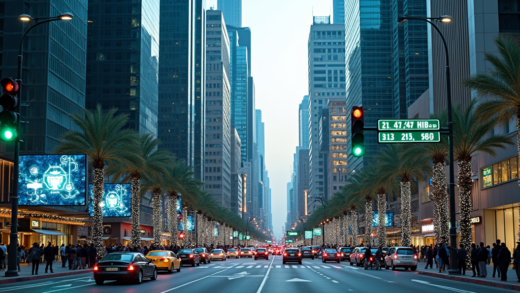Dubai is rapidly becoming a global leader in sustainable construction, pivoting its investment strategies to incorporate green building materials. This shift is driven by a commitment to environmental stewardship, energy efficiency, and economic viability. With the UAE’s Vision 2021 and the Dubai Clean Energy Strategy 2050 in place, the city is experiencing significant growth in the green construction sector. Investors are increasingly focused on the potential of eco-friendly materials, which promise long-term cost savings and sustainability. This article delves into the current investment trends in Dubai’s green construction materials landscape.
Shifting Regulatory Framework and Incentives

The UAE government has established a robust regulatory framework promoting green construction practices. This framework includes various compliance requirements and incentives aimed at encouraging builders to adopt sustainable methods. For instance, the Dubai Municipality has introduced sustainability codes that prioritize energy-efficient building materials. Additionally, financial incentives such as tax breaks and grants for using eco-friendly materials have emerged. These initiatives have garnered interest from both local and international investors, who recognize the long-term benefits of sustainable building practices. Key elements of this regulatory framework include:
- Mandatory green certifications for new construction projects.
- Subsidies for employing renewable energy solutions.
- Guidelines on recycling and waste management in construction.
- Support for research and development in sustainable materials.
- Promotion of building integrated renewable energy systems.
Technological Innovations Driving Investment

Investments in green construction materials are closely tied to technological advancements. Innovative materials such as recycled plastics, sustainable concrete, and bio-based building components are gaining traction in Dubai’s construction market. These materials not only reduce the environmental impact but also enhance the performance of buildings in terms of durability and aesthetics. Furthermore, emerging technologies like 3D printing and Building Information Modeling (BIM) are revolutionizing the construction landscape. By facilitating efficient resource management and waste reduction, these technologies elevate the potential of green building materials. The impact of technological innovations is manifested in several ways:
- Increased efficiency in resource consumption.
- Enhanced quality control and project management.
- Lower overall lifecycle costs of construction projects.
- Fostering partnerships between tech firms and construction companies.
Growing Demand for Eco-Friendly Materials
The rising awareness among consumers about sustainability is fuelling the demand for eco-friendly construction materials. Both residential and commercial developers are responding to this shift by integrating green materials into their projects. Market research indicates that green buildings command higher rental rates and resale values. This has encouraged investors to diversify their portfolios by including projects that utilize sustainable materials. Several key indicators influence this growing demand:
- Increased public awareness around climate change and sustainability.
- Yournger generations prioritizing eco-friendly living environments.
- Corporate responsibility initiatives prompting businesses to go green.
- Government mandates pushing for sustainable practices in construction.
Identifying which green materials present the greatest investment opportunities is crucial for investors in Dubai’s construction sector. The following materials are currently trending in the market:
- Recycled Steel: Utilized for structural supports, offers durability and reduces waste.
- Bamboo: Recognized for its sustainability and strength; often used in flooring and finishing.
- Green Insulation Materials: Made from cellulose, wool, or hemp, these improve energy efficiency.
- Sustainable Concrete: Incorporates recycled aggregates and reduces carbon emissions.
- Photovoltaic Glass: Integrates solar technology into building envelopes.
Conclusion
Investment trends in Dubai’s green construction materials reflect a broader commitment to sustainability and innovation. As regulatory frameworks become more supportive and technology continues to advance, the potential for eco-friendly materials within the construction sector will only grow. Investors are increasingly finding value in projects that prioritize sustainability, reflecting a market shift towards long-term, eco-friendly practices. Harnessing the investment potential in green construction will not only benefit the environment but also lead to substantial economic opportunities in Dubai.
Frequently Asked Questions
1. What are green construction materials?
Green construction materials are products that have a minimal impact on the environment and are sustainable in their lifecycle. They reduce waste and pollution, often sourced from renewable resources.
2. Why is Dubai focusing on green construction?
Dubai’s focus on green construction is driven by environmental concerns, economic benefits, and the need to align with international sustainability goals as outlined in Vision 2021 and the Dubai Clean Energy Strategy 2050.
3. What incentives does the UAE government offer for using green materials?
The UAE government offers various incentives, including tax breaks, grants, and subsidies, to encourage builders to utilize sustainable materials and practices in construction projects.
4. How do technological advancements benefit green construction?
Technological advancements benefit green construction by improving resource efficiency, enhancing project management, reducing waste, and facilitating the use of innovative sustainable materials.
5. What are some examples of widely used green materials in Dubai?
Examples of widely used green materials in Dubai include recycled steel, bamboo, green insulation, sustainable concrete, and photovoltaic glass, each contributing to eco-friendly building practices.


